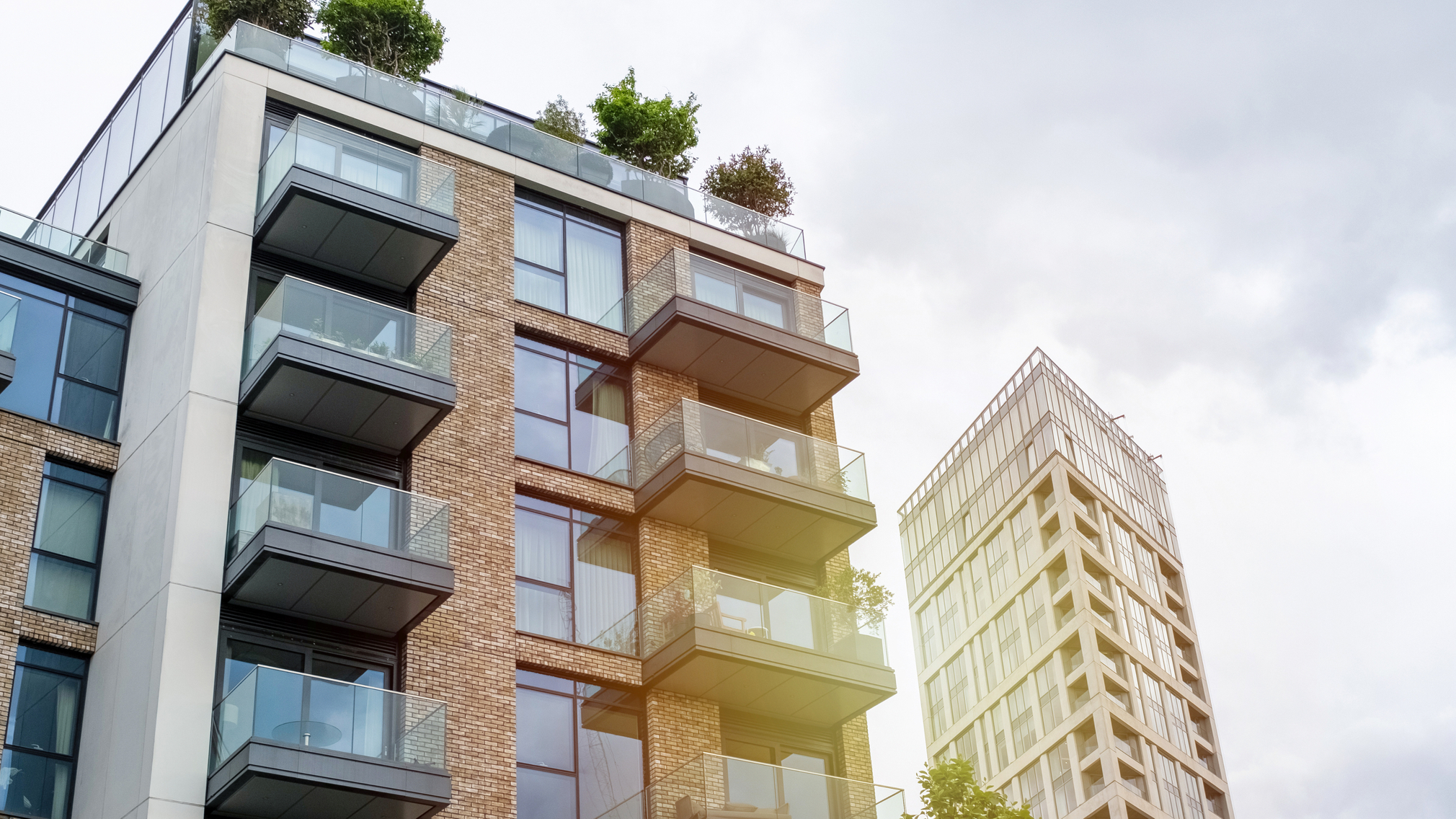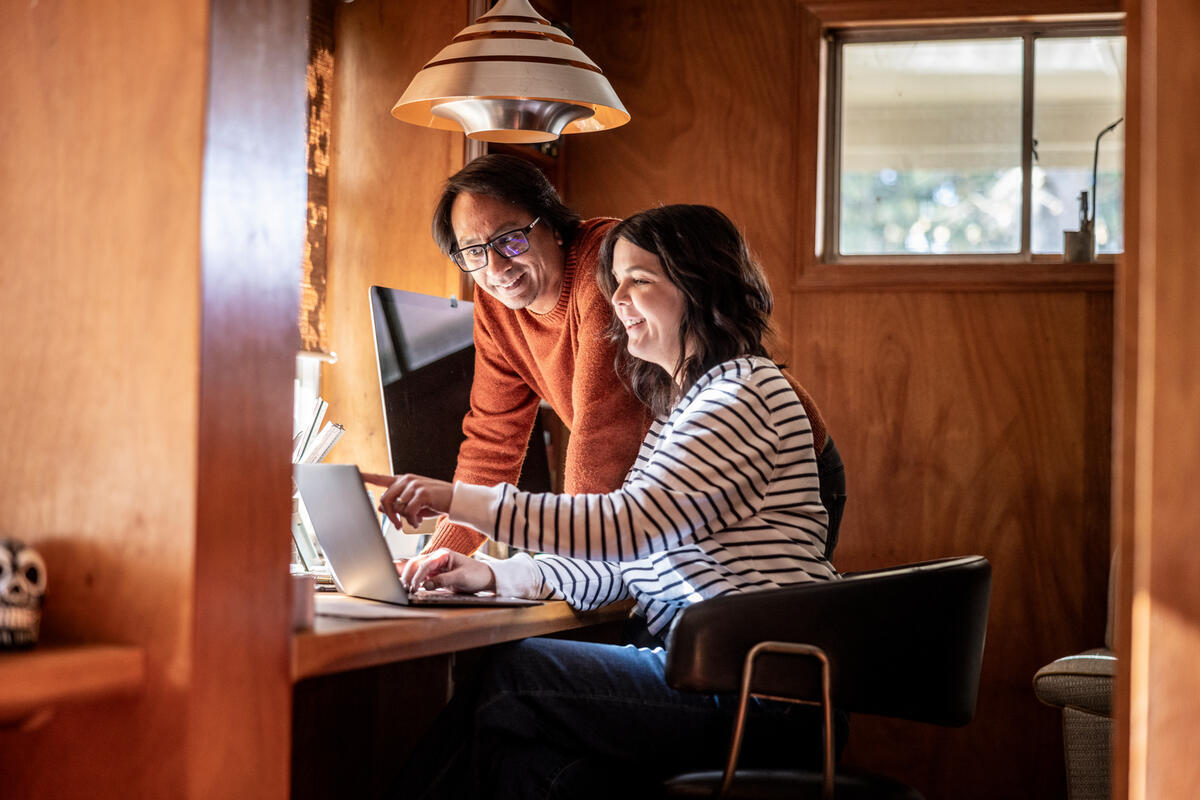Apartment Inspection Checklist: What to Look For Before You Move In


Written by Shawnna Stiver on August 5, 2025
Before moving in your furniture, take time to thoroughly inspect your new apartment. An apartment inspection is a detailed walk-through of the unit — inside and out — where you assess the property’s condition, identify existing damage, and test key systems like plumbing, appliances, and electricity. An inspection helps ensure everything is in working order and gives you the chance to document any issues before you move in.
A 2024 Zillow survey found 80% of renters who documented the unit with photos or video, completed a condition checklist, and informed their landlord or property manager were the most likely to recover at least part of their deposit, and 50% got the full amount back.
Here’s a thorough, top-to-bottom apartment inspection checklist to help you protect your deposit and start your rental off on the right foot.
General appearance
Start your inspection with an overall assessment of the space. This isn’t just about aesthetics, it’s your first clue about how well the unit has been maintained. A clean, well-prepared apartment suggests the property manager is attentive and responsive. A messy or neglected unit might be a red flag. As you walk through, use your senses — sight, smell, and even sound — to pick up on anything that feels “off.” Check for:
- Overall cleanliness of floors, countertops, appliances, and common areas
- Unpleasant odors like pet urine, smoke, mildew, or lingering food smells
- Clutter or leftover belongings from previous tenants that should have been removed
Structural integrity
While you’re not expected to be a building inspector, you can still keep an eye out for visible signs of structural issues. These problems can lead to more serious maintenance headaches down the line and may even affect your safety. Noting them early gives your landlord a chance to remediate the issue before it worsens. Look for:
- Cracks in walls, ceilings, or the foundation, especially near corners or windows
- Sagging or stained ceilings, which can indicate past or present leaks
- Damaged siding or exterior walls, such as holes, warping, or missing panels
- Peeling or faded paint, which might suggest water damage or poor ventilation
Exterior
Your apartment’s exterior should feel secure and well-kept. Whether you have a private entrance or share a building entry, the condition of doors, locks, windows, and any outdoor spaces contributes to your safety and comfort. Make sure all access points are secure, functional and free of hazards. Be sure to inspect:
- All doors and locks
- Windows, including how easily they open and close and whether they lock
- Outdoor spaces, such as balconies, patios, or shared yards
- The building exterior, like stairwells, hallways, lighting, and parking areas
Interior
Next, take a detailed look at the condition of the interior surfaces and fixtures. This includes everything from the walls and floors to cabinets and countertops. Small scuffs and wear may be expected, but anything more should be documented and reported. These features impact your everyday living experience and potentially your deposit at move-out. Inspect:
- Walls are clean and free of holes, mold, or large dents
- Flooring is secure and undamaged (no loose boards, cracked tiles, or major stains)
- Ceilings are smooth and dry, without cracks or discoloration
- Countertops and cabinets are sturdy, clean, and open and close properly
Plumbing
Plumbing problems can quickly lead to inconvenience and damage. During your inspection, run water in every sink, tub, and shower, and make sure everything drains properly. Even minor issues, like a dripping faucet or slow drain, are worth flagging so they don’t become major problems. Test the following:
- Shower and tub water pressure, drainage, and temperature control
- Sinks in kitchen and bathroom(s) are not leaking
- Toilets flush well, don’t leak, and stop running after flushing
- Outdoor hose hookups (if included) function and don’t leak
Electrical
Electrical systems are a vital part of your safety and day-to-day convenience. As you move through the apartment, test every outlet and light fixture. Make sure nothing sparks, buzzes, or smells like burning, which could be signs of potentially dangerous wiring. Be sure to check:
- Outlets using a phone charger or outlet tester to confirm they’re live
- Light switches in every room to verify proper functionality
- Light fixtures, including overhead lights, closet lights, and under-cabinet lighting
- Circuit breakers are labeled and no breakers are tripped or damaged
HVAC systems
Heating and cooling systems play a big role in your comfort — and energy costs. Make sure the thermostat is working and that warm or cool air is flowing consistently throughout the unit. If the system doesn’t seem to be responding, it could indicate maintenance is overdue. Inspect:
- Heating and cooling systems to ensure they turn on and run properly
- Thermostat for accurate readings and controls
- Air filters are clean or have recently been replaced
- Air vents for blockage, dust buildup, or signs of mold
Appliances
Most rental units include basic appliances, and some may offer in-unit laundry or dishwashers. These items should be clean, functional, and free of unusual noises or smells. Take a few moments to run basic tests to make sure everything works as it should. Check:
- Refrigerator and freezer are cold and sealing properly
- Oven and stovetop have working burners and knobs
- Microwave has power and rotating tray functions
- Washer and dryer (if included) run and are free of lint buildup, leaks, or odd smells
Pest control
Even a spotless unit can have pest problems, so take the time to look closely for signs of unwanted visitors. Check dark corners, behind appliances, and inside cabinets. If you see anything suspicious, don’t hesitate to ask the landlord about pest control procedures and history.
Look for:
- Droppings, insect casings, or gnaw marks around baseboards or in cabinets
- Nests or cobwebs in closets, vents, or attic/crawl spaces
- Gaps or cracks around windows, doors, or pipes that could let pests in
Windows and doors
Properly functioning windows and doors are essential for safety, energy efficiency, and comfort. Make sure they open and close smoothly, seal properly, and lock securely. Damaged or missing screens and broken blinds can also be noted for repair or replacement. Inspect:
- Window blinds or coverings for missing slats, damage, or broken mechanisms
- Screens for tears or loose edges
- Interior doors for alignment, secure hinges, and working handles or locks
- Window sills for signs of mold, rot, or water damage
- Locks on all doors and windows for security and ease of use
Safety and security features
Finally, confirm that all required safety features are in place and operational. These systems not only help you stay safe in an emergency, but they may also be required by local rental laws. A quick check of alarms, extinguishers, and lighting can give you peace of mind. Confirm that:
- Smoke and carbon monoxide detectors are installed and working
- A fire extinguisher is present (usually in the kitchen) and up-to-date
- Entryways and walkways are well-lit
- Security systems(if present) are functional and accessible to you
Even with the most thorough inspection, accidents and damage can happen. Renters insurance can offer valuable protection when the unexpected occurs. It typically covers things like stolen or damaged personal belongings, personal liability, medical payments, and even temporary housing costs if you’re displaced. Every policy is different, so it’s a good idea to talk to a licensed insurance agent or broker to make sure you’re getting the coverage that’s right for you.
Before move-in day, take the time to inspect, document, and communicate repairs with your landlord. A detailed apartment inspection protects both your wallet and your peace of mind, setting you up for a great rental experience.
Find an apartment you’ll love on Zillow
With Zillions of up-to-date listings and filters for your must-haves, it's easy to find your perfect apartment on Zillow Rentals.
Search rentals


